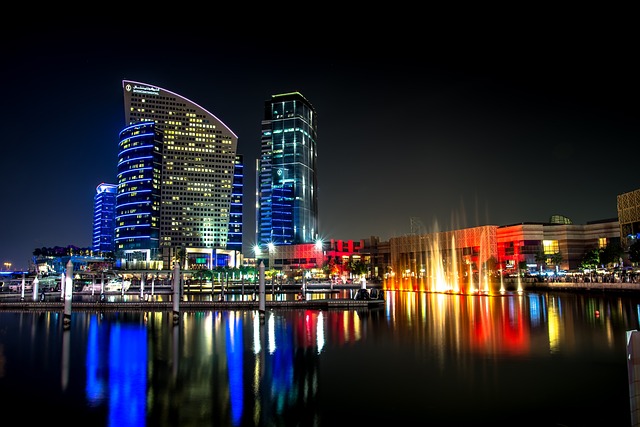London Bridge, a historic landmark, has evolved from a simple ford to a bustling gateway, attracting millions annually and spurring real estate growth in London. Its rich history marked by transformations from medieval wooden construction to modern marvels makes it a symbol of the city's resilience and progress. Today, the bridge's iconic design, unique views, and excellent accessibility have made it a prime location for commercial and residential properties, revitalizing London's skyline as a global real estate hub.
London Bridge, an iconic landmark, has captivated visitors for centuries. This historic structure, undergoing continuous evolution, stands as a testament to the city’s rich heritage and architectural prowess. From its medieval beginnings to modern renovations, London Bridge has not only survived but thrived, significantly impacting the city’s real estate landscape. Discover how this enduring attraction has transformed both the skyline and the vibrant hub it defines.
Historical Background: London Bridge's Evolution

London Bridge, a landmark that has stood strong for centuries, boasts a rich historical background intertwined with the city’s evolution. Its journey began as a modest ford, facilitating travel across the River Thames, and gradually transformed into a bustling gateway, reflecting the vibrant spirit of London itself. Over time, the bridge became more than just a crossing; it emerged as a focal point in the city’s real estate landscape, attracting traders, travellers, and artists alike.
The iconic structure has undergone numerous transformations, each era leaving its mark. From the medieval times when it was a wooden construction to the modern marvel of today, London Bridge has witnessed the city’s growth and change. Every rebuild and renovation have contributed to its enduring appeal, making it not just a bridge but a symbol of London’s resilience and progress.
Architectural Marvels: Design and Construction

London Bridge, an iconic landmark, stands as a testament to architectural marvels in the heart of the bustling city. Its design and construction reflect a fascinating blend of history and innovation, captivating both locals and visitors alike. This engineering feat is not just a bridge; it’s a symbol of London’s dynamic spirit, seamlessly integrating past and present.
The bridge’s unique architecture is characterized by its elegant design and innovative use of materials, making it a real estate gem in the city skyline. With its iconic towers and graceful arches, it has become a recognizable symbol of London, drawing tourists from around the globe. The construction process involved meticulous planning and cutting-edge technology, ensuring a structure that not only endures but also enhances the urban landscape, offering breathtaking views and seamless access across the river.
Real Estate Impact: Transforming the Skyline

London Bridge, a historic landmark and iconic tourist attraction, has not only shaped the city’s skyline but also had a profound impact on the real estate landscape. Over the years, the bridge has evolved from a simple crossing to a vibrant hub, attracting millions of visitors annually. This transformation has spurred significant development in the surrounding areas, with high-rise buildings and modern architecture now defining parts of London’s horizon.
The bridge’s proximity to key landmarks like the Tower of London and its accessibility to public transport have made it a prime location for commercial and residential properties. Real estate developers have seized this opportunity, constructing state-of-the-art offices, luxury apartments, and mixed-use complexes. This influx of modern infrastructure has not only boosted the local economy but also enhanced London’s reputation as a global city, further solidifying its place on the international real estate map.






